John Sabraw Offers a View from Above at the Beacon Institute April 13, 2019
Beacon Institute for Rivers and Estuaries | April 10, 2019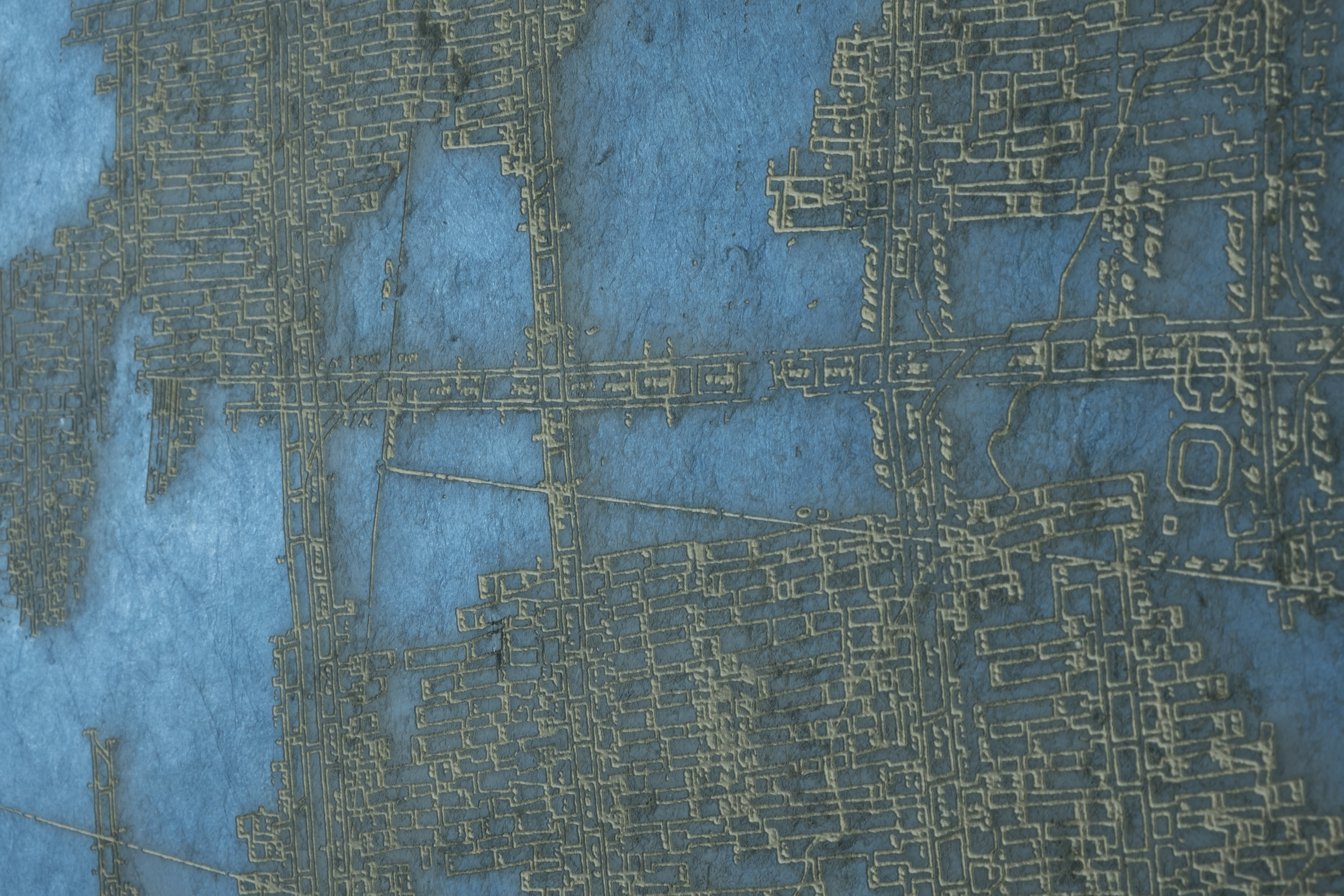
“Anthrotopographies” by John Sabraw makes maps of human engineering feats and their deleterious effects on nature.
While those effects aren’t always visible to the naked eye, the results of natural resource extraction do show up in waterways. Sabraw hopes to bring this fact to light during the exhibit, which opens Saturday, April 13, and runs through October 9, 2019 at the Beacon Institute of Rivers and Estuaries gallery. From 3pm to 7pm on April 13, Sabraw will be guiding gallery visitors through a dozen large format pieces, including new works, focusing on the design and geography of coal mines and surface watersheds.
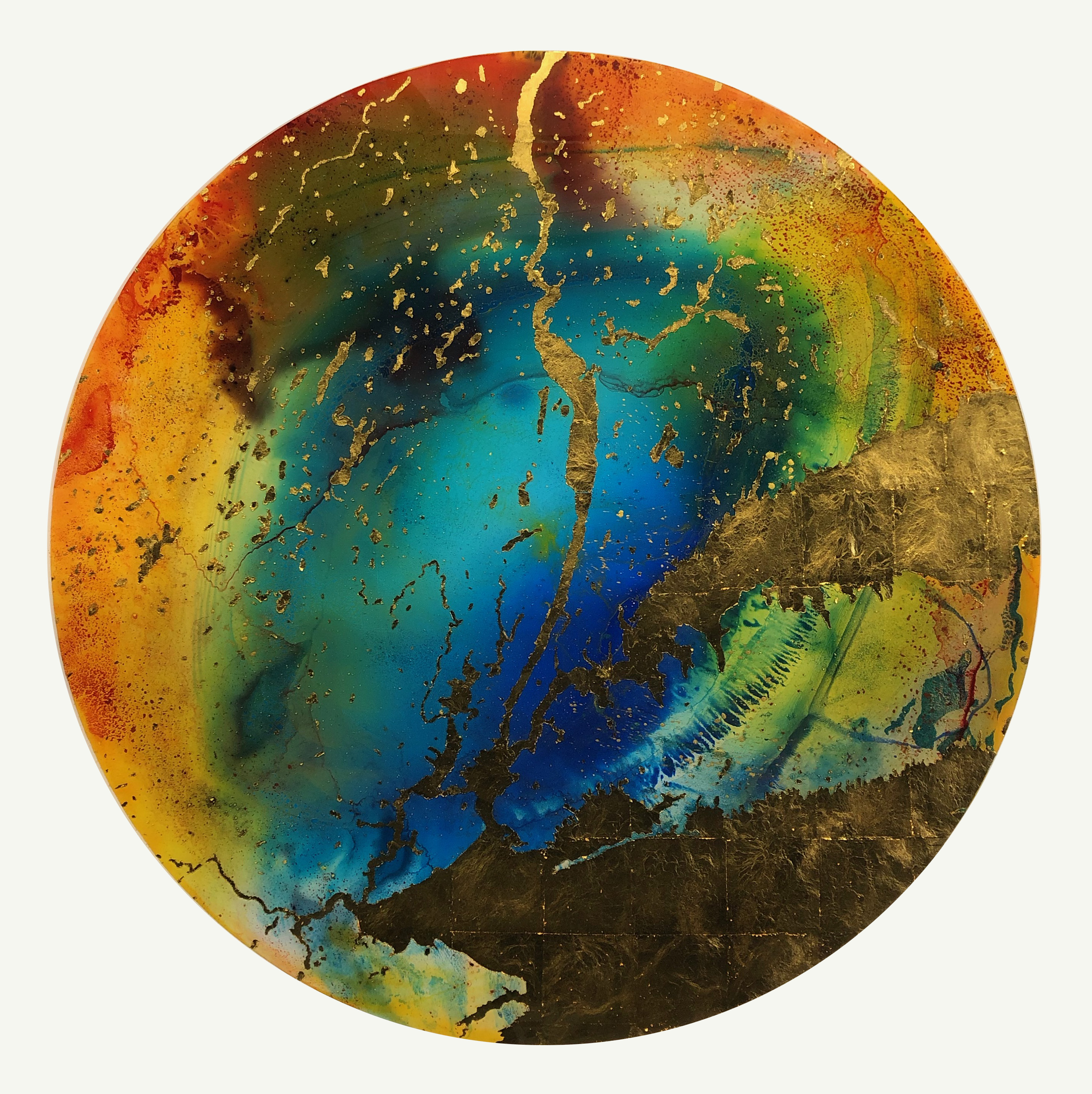
From Pollution to Paint
Most of Sabraw’s subjects in this exhibit are coal mines and surface watersheds. “By drawing and painting interpretations of them,” the artist explained. “I am seeking an understanding of humanity itself.” While attending the Pratt Institute after high school, Sabraw found himself “in shock” at city-living, especially witnessing the pollution in the East and Hudson Rivers with his own eyes. “Eventually, when I made my way upriver,” he said, “it [was] a wonderful reward to see the Hudson change and become that inspirational ecosystem [the Hudson River School painters] saw.”
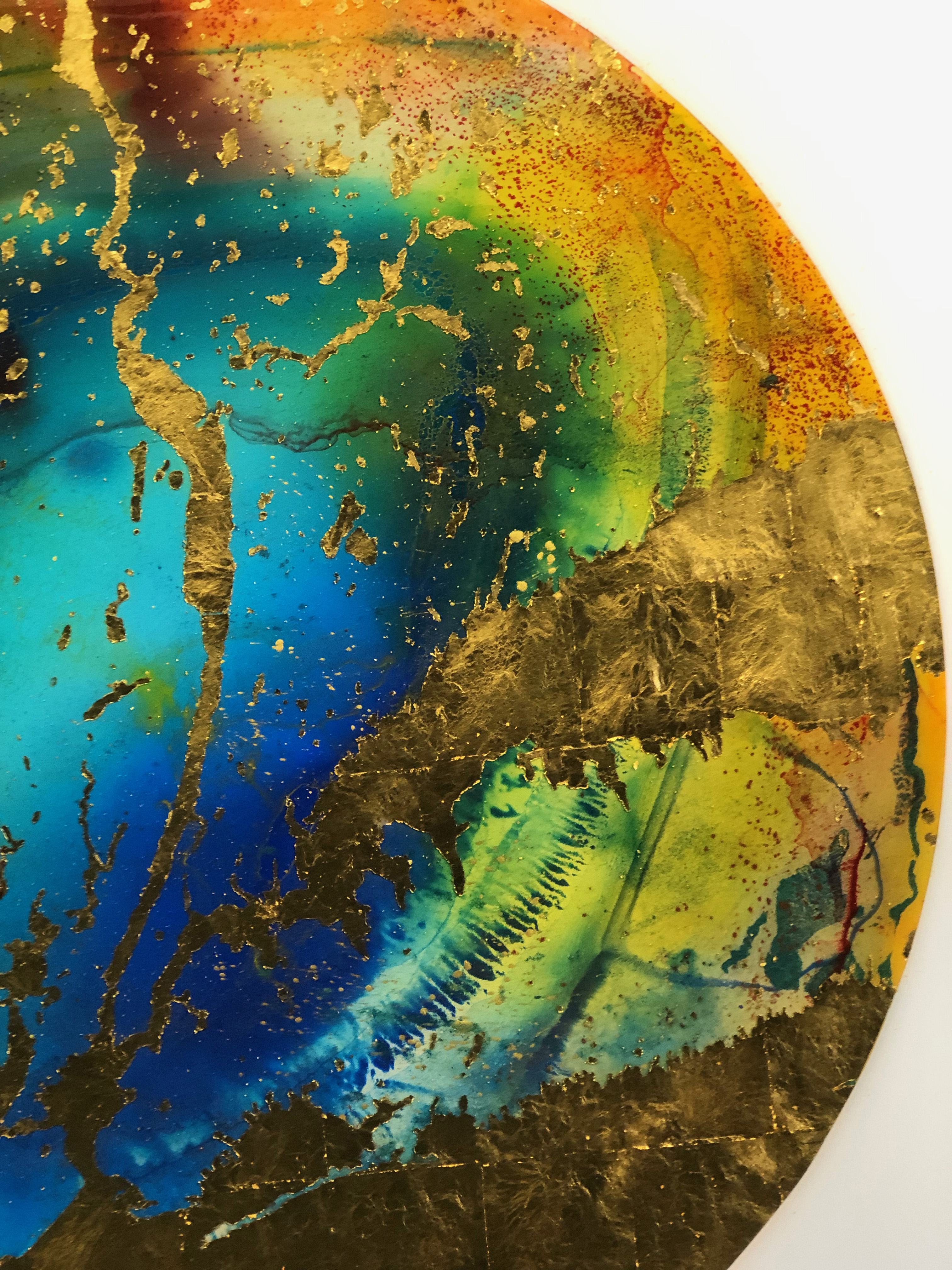
However, Sabraw soon came to understand that brick and concrete industries in the Hudson Valley stressed the waterways’ eco-system in invisible ways, which inspired the creation of “Anthrotopographies.” In these pieces, Sabraw hasn’t just painted a landscape: He utilized those same raw materials and pollutants that poison the waterways – like acid mine drainage pigments – and turned them into the very paint used to express Sabraw’s vision. He’s currently working with an Ohio-based engineering professor to extract toxic acid mine drainage (AMD) from polluted streams in Ohio and turn it into paint pigment, and, according to Sabraw, once the pigment is sold on a commercial scale, revenue will be invested back into the streams’ remediation.
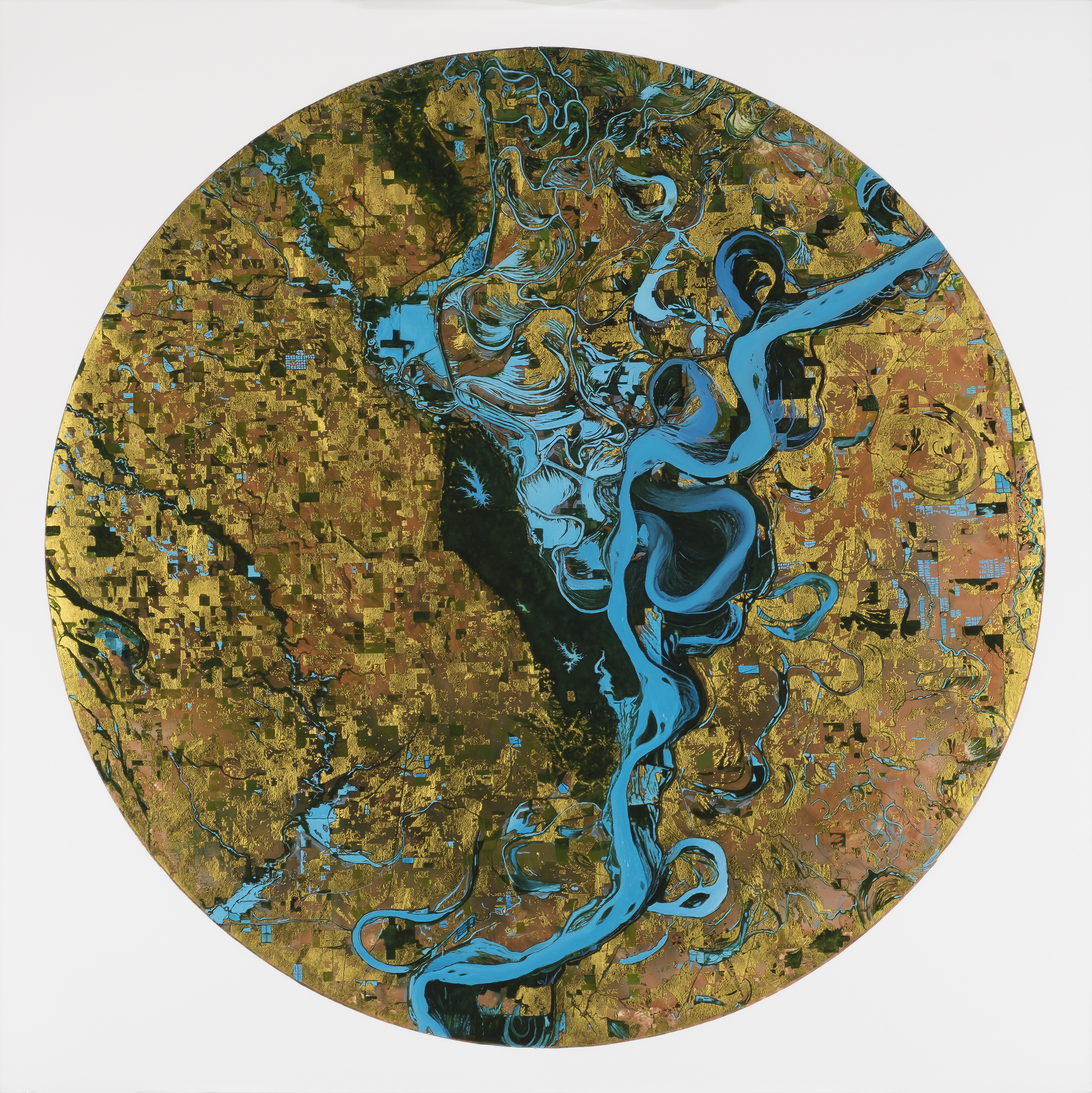
About the Artist
Artist John Sabraw was born in Lakenheath, England. As an activist and environmentalist, Sabraw’s works are produced in an eco-conscious manner and is continually working toward a fully-sustainable practice. His art hangs in a variety of collections including the Museum of Contemporary Art, Honolulu, the Elmhurst Museum in Illinois, Emprise Bank, and Accenture Corp. Sabraw is also a Professor of Art and Chair of the Painting and Drawing Program at Ohio University, and Board Advisor at Scribble Art Workshop in New York. He has most recently been featured in TED, Smithsonian, New Scientist, and Great Big Story.
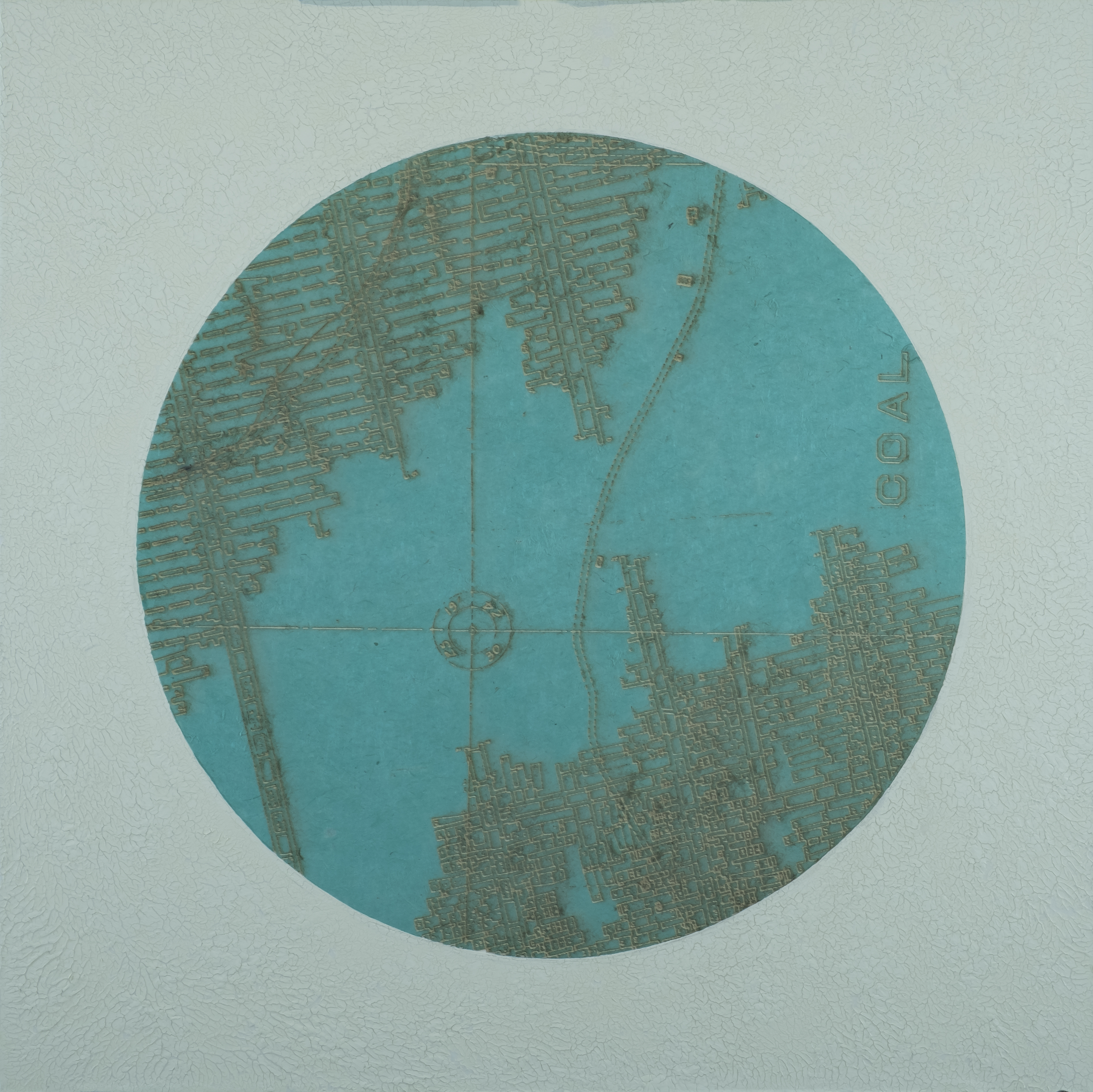
About the Beacon Institute for Rivers and Estuaries
Clarkson University’s Beacon Institute for Rivers and Estuaries leverages science and technology to research, understand and protect rivers, estuaries and other vital freshwater resources, with a focus on community education. Visit the Institute’s environmental art gallery and hands-on water science learning center at 199 Main Street and its state-of-the-art ecology education and visitor center in Denning’s Point State Park, Beacon, NY. The Beacon Institute is the Lower Hudson Valley campus of Clarkson University, Potsdam, NY.
The Beacon Institute, including the gallery, is located at 199 Main Street, Beacon, NY. Sensor Place and Gallery hours are Mondays, 1-5pm, Saturdays 3-7pm (Second Saturdays 3-9pm), and Sundays 10am-2pm. For more information about the Institute’s programs, events, and offerings, visit bire.org or call 845-838-1600.
Read On, Reader...
-
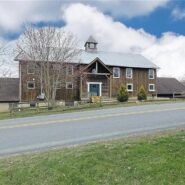
Jane Anderson | April 1, 2024 | Comment A Westtown Barn Home with Stained-Glass Accents: $799.9K
-
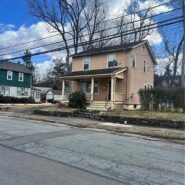
Jane Anderson | March 25, 2024 | Comment A c.1920 Three-Bedroom in Newburgh: $305K
-

-
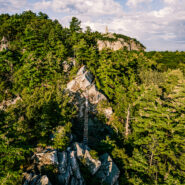
Jaime Stathis | February 15, 2024 | Comment The Hudson Valley’s First Via Ferrata at Mohonk Mountain House
